I’m really back! Not that last week wasn’t a real post, but now I’m really and truly back into blogging. And since it’s been a while since a real update, I’d like to catch everyone up. So what’s been going on with me in the last two and a half months and what’s coming up?
FBI K-9s #3—This has been 95% of my summer so far. I’d gotten the writing started in May, but my mother had a bad accident and the month of May involved a lot of time at the hospital. Once she was out at the end of May, that was my chance to really dive into this latest novel. As usual, I set personal daily/weekly word counts and tried really hard to stick to it. The original goal was to do 9,000 words per week (1,000 for each work day, 2,000 for each weekend day plus past chapter editing) and to have it all done by the end of July in about 9 weeks. I came super close, only missing that goal by a week. Though, to be fair, the first draft ended up being longer than I’d set as the goal, so maybe it all comes out in the wash after all. I’m happy to announce that I completed the first draft last Monday. Ann had a crazy 3 or 4 weeks, trying to stay up to date with my writing all while packing her house and moving her 5 dogs and herself from Texas to North Carolina, but once she arrived, she jumped right back into the 8 or so chapters she was behind. By the time I’d finished the last 3 chapters, she was back in time with me. Now we’re doing side-by-side first round edits. This round is the most important because this pass is about story and both of us tackling it separately is crucial. This way we can independently look at the story we outlined together and see if something isn’t working, and, if so, come up with suggested ways to tackle it. After that, I estimate 2 more rounds for writing/language/word choice and then for cleanup. Our critique team is expecting the manuscript in early September and then they’ll have their chance to tear it apart. This is the 8th book with us for most of them, so they are good at this, let me assure you. They pull no punches and that’s exactly what we and the book need.
LONE WOLF in mass market format—LONE WOLF, book #1 in the FBI K-9s, is coming out in mass market paperback format on August 29th, so we’re back into new marketing of that book with Kensington, who, as usual, is doing a great job! This copy of the book will also include a sneak peak at #2 in the series, BEFORE IT’S TOO LATE.
BEFORE IT’S TOO LATE in hardcover format—The second book in the FBI K-9s series will launch on September 26th. I’m really looking forward to this one as this book is a particular favourite of mine. More mystery than LONE WOLF, this story continues to examine the bond between Meg and her black Lab Hawk, as well as exploring her relationships with her sister Cara, Washington Post reporter Clay McCord, and DCFEM firefighter/paramedic Lt. Todd Webb, all against a backdrop of a serial killer who is kidnapping and killing women to get Meg’s attention in a sick game.
To remind you of where we are in the series at this point, this is the back cover copy of the book:
In this powerful K-9 crime thriller, FBI Special Agent Meg Jennings and her trusted search-and-rescue Labrador, Hawk, must race against the clock before a diabolical killer strikes again…
Somewhere in the Washington, D.C., area, a woman lies helpless in a box. Beneath the earth. Barely breathing. Buried alive. In Quantico, the FBI receives a coded message from the woman’s abductor. He wants to play a game with them: decipher the clues, find the grave, save the girl. The FBI’s top cryptanalysts crack the code, and Special Agent Meg Jennings and her K-9 partner, Hawk, scramble to follow a trail of false leads to the scene of the crime. By the time they solve the puzzle, it’s too late. But the killer’s game is far from over…
Soon another message arrives. Another victim is taken, and the deadly pattern is repeated—again and again. Each kidnapping triggers another desperate race against time, each with the possibility of another senseless death. That’s when Meg decides to try something drastic. Break the Bureau’s protocol. Bring in her brilliant sister, Cara, a genius at word games, to decipher the kidnapper’s twisted clues. Meg knows she’s risking her career to do it, but she’s determined not to let one more person die under her and Hawk’s watch. If the plan fails, it could bite them in the end. And if it leads to the killer, it could bury them forever…
Our street team, early readers and a number of bloggers already have their copies, and we’re starting to see some great early buzz starting. This is the fun part. After all the hard work, now is the time where we get to share our creation and hear readers’ thoughts on all that sweat and hairpulling. ;)













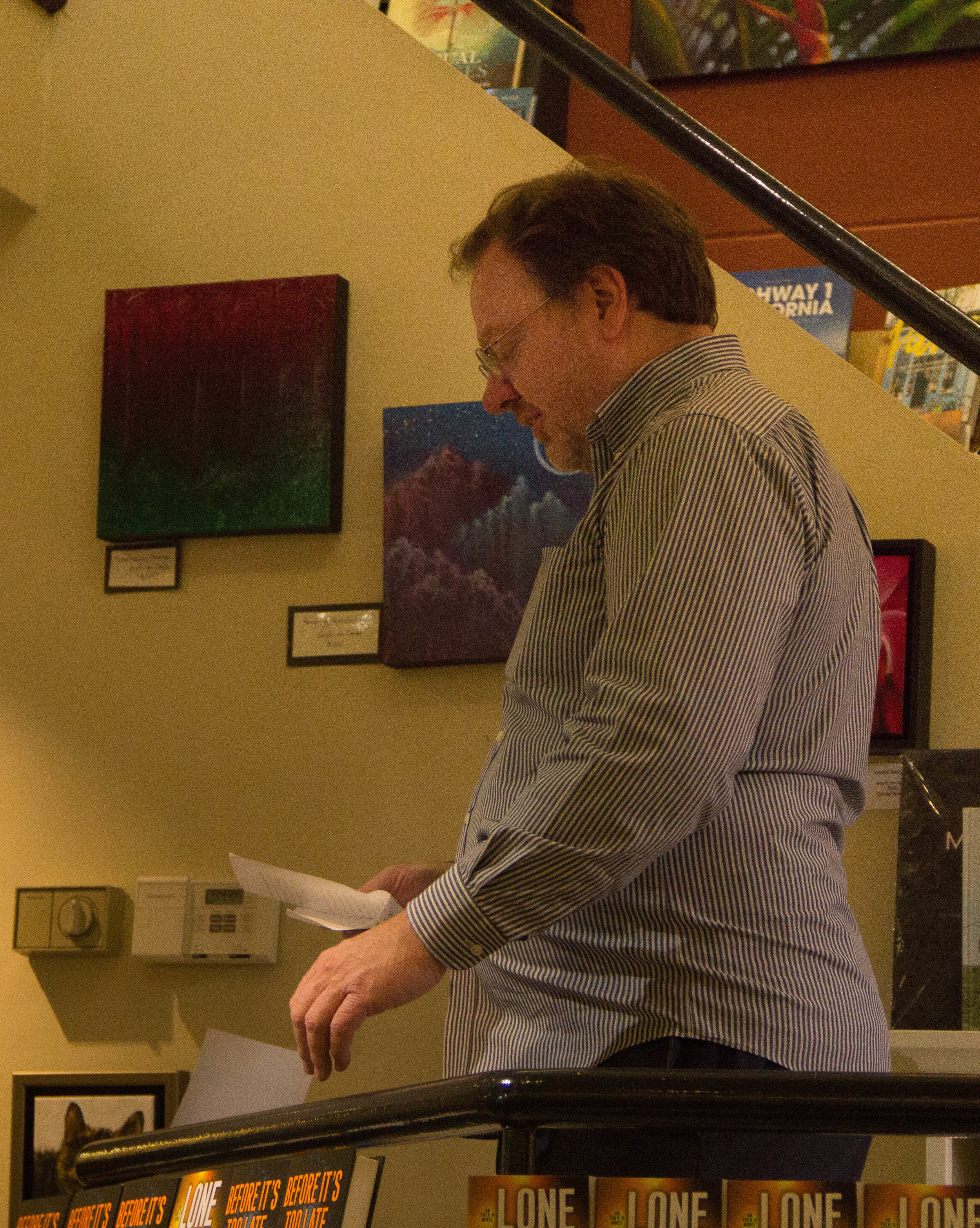
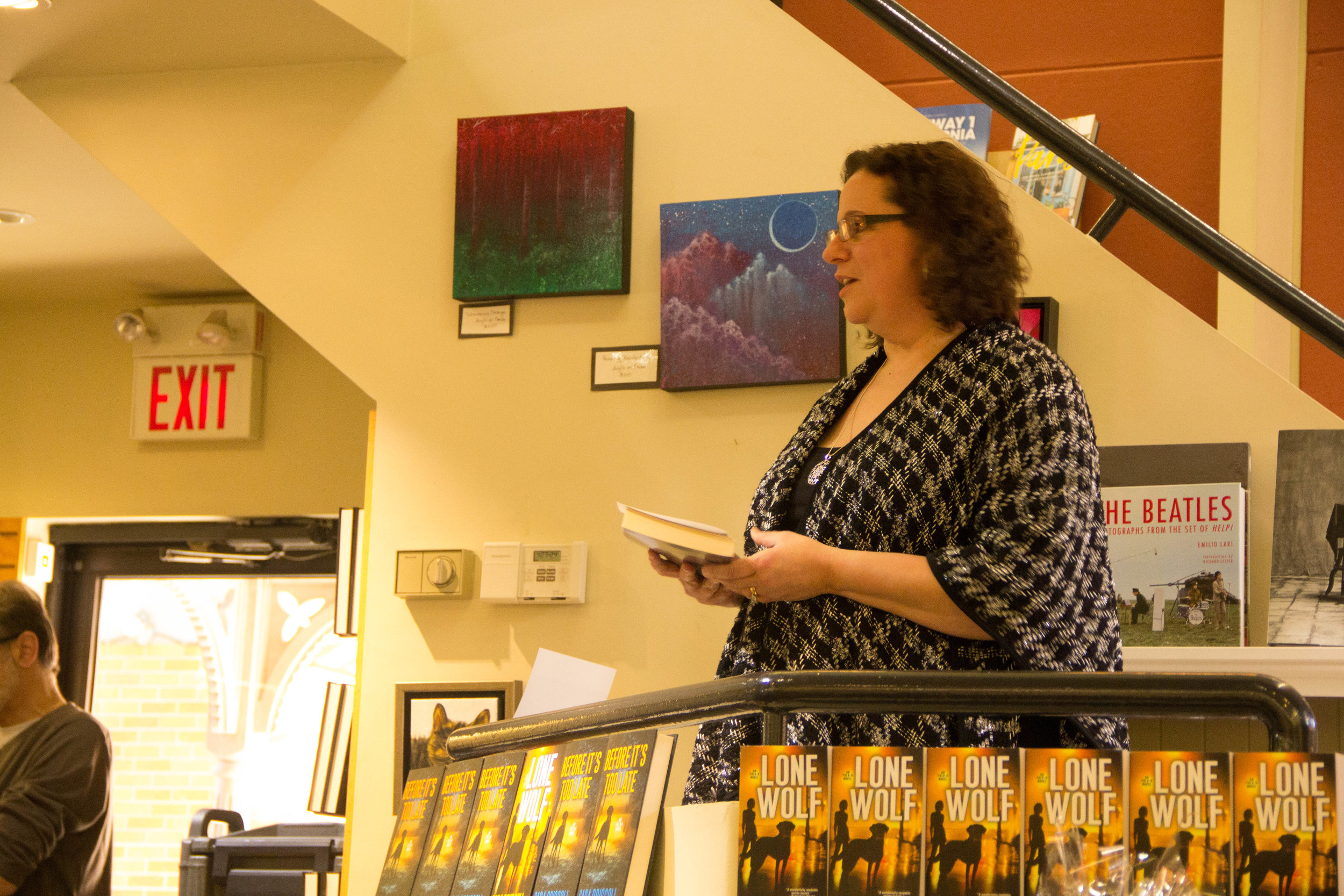
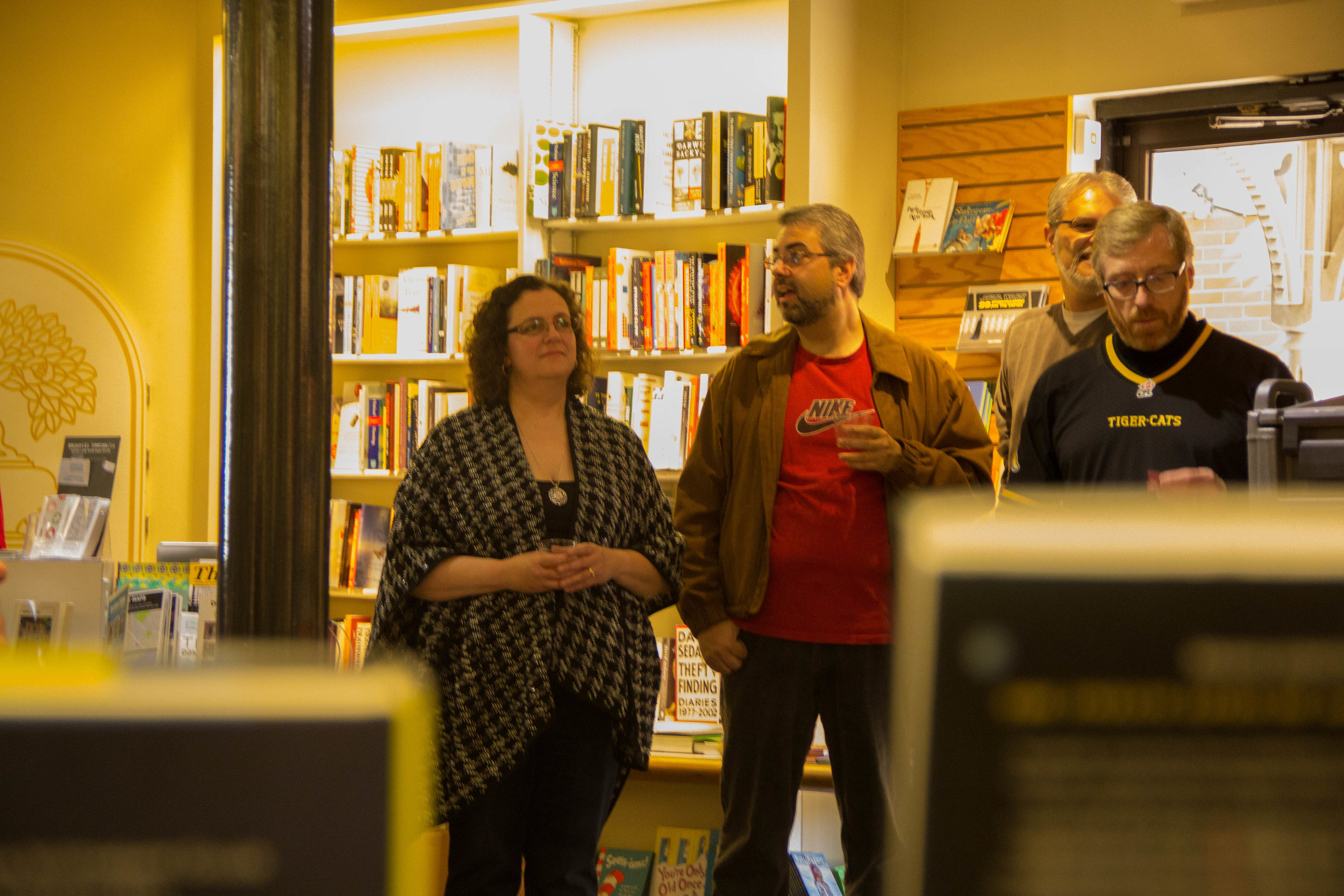





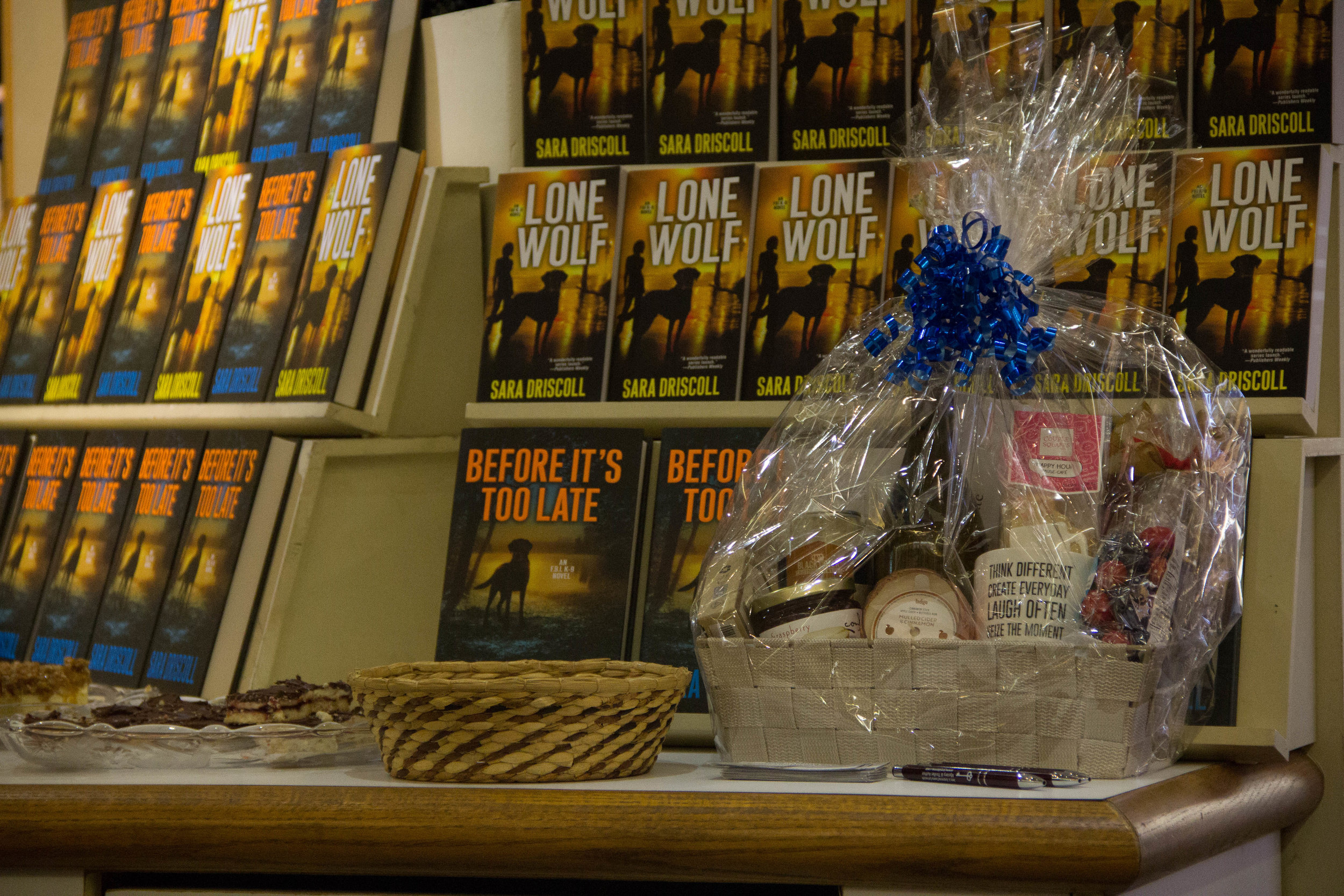
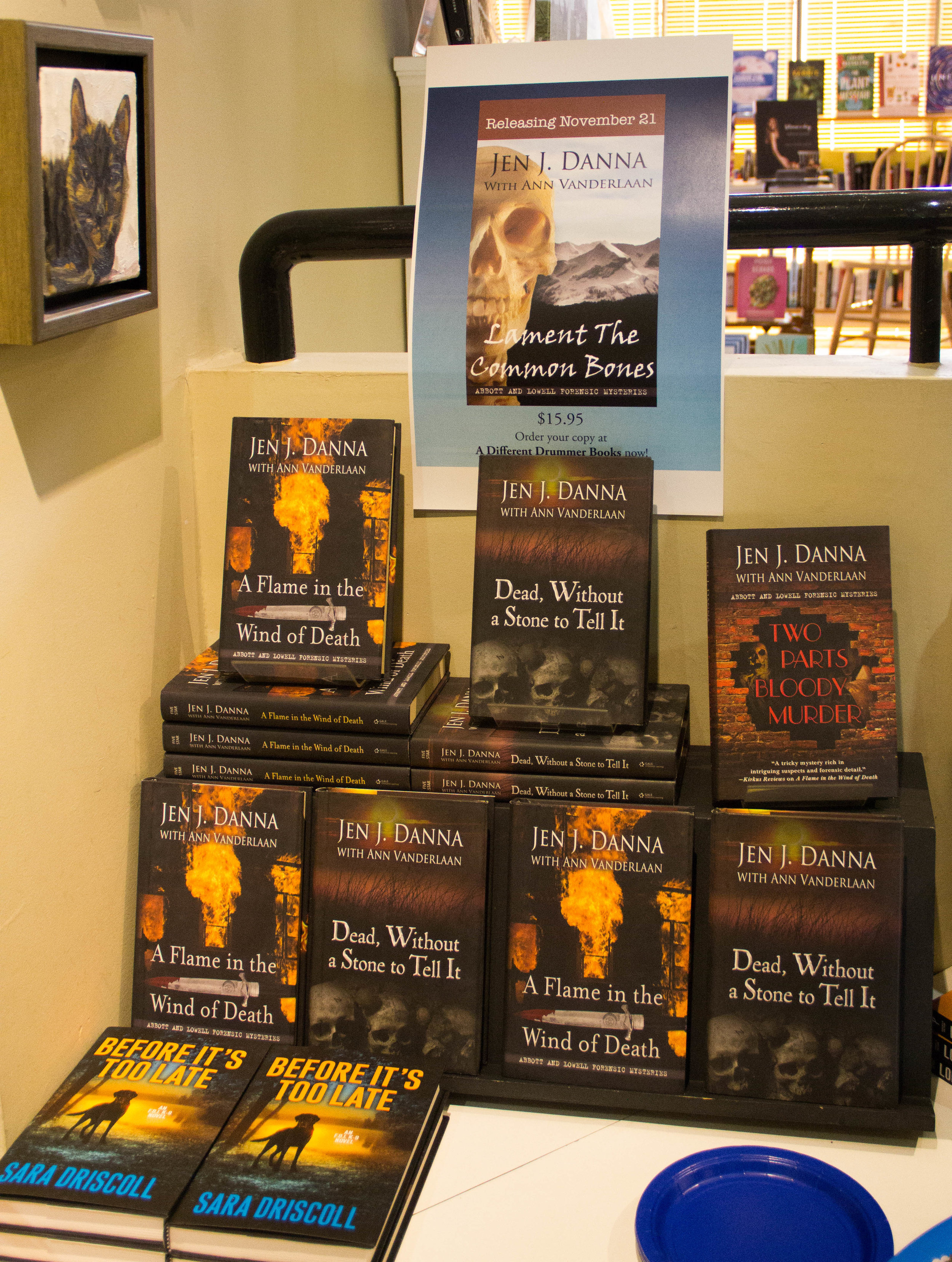







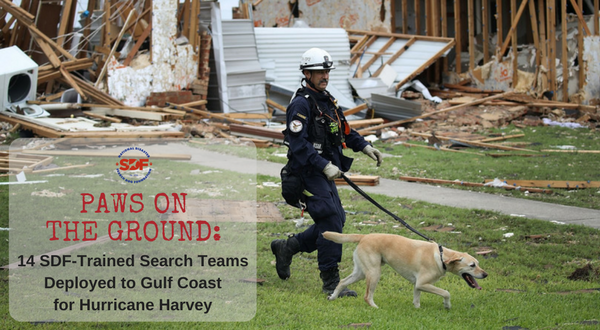













 87.5%
87.5%